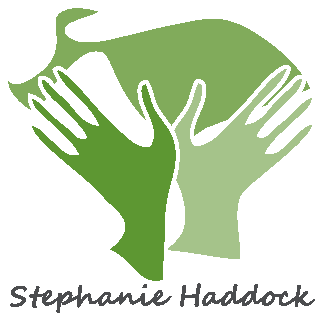*This page is a work-in-progress. More to come on deep tissue techniques!*
My specialty is inducing relaxation and relieving pain and tension. I use several techniques, or massage modalities, to achieve this. When it comes to Swedish vs. Deep Tissue, I don’t think of my massages as either/or, as the lines between these techniques are almost always blurred. They are tools in my toolbox, and I will use the best tool or tools I have for the job at hand.
- Swedish
- Deep Tissue
- Neuromuscular Therapy
- Trigger Point Therapy
- Myofascial Release
- Stone Therapy Massage
Massage terminology isn’t always universal. For example, the Myofascial Release techniques and philosophy I learned might be different from another program or instructor’s definition.
Swedish Massage
Swedish massage is most likely what someone thinks of when they think of massage.
Swedish massage was developed by a Dutchman who named all the stroke techniques in French! It is characterized by five different strokes: effleurage (long, broad strokes with an open palm), petrissage (kneading), tapotement (rhythmic tapping), friction (cross fiber or with the fibers) and vibration/shaking.
It is the foundation of all massage. In massage, we work on two principles: broad to specific, and superficial to deep. Swedish massage’s characteristic strokes are the perfect way to begin broadly and superficially. Even in a “deep tissue” session, we begin with Swedish massage first, as it warms and prepares your muscles for deeper work.
A misconception about Swedish massage I often come across is that it can’t be deep work. But it can! There are many massage therapists who can give a heavy-handed full-body massage. I often use my elbows (a deep tissue tool) during a friction stroke (a Swedish technique) when I have a client who likes deeper pressure in their full-body massages.
